What is loss of excitation protection in a generator?
Generators are the backbone of reliable power, especially for industries relying on diesel backup or prime power. Keeping them running safely and efficiently requires sophisticated protection systems. A critical safeguard is excitation protection. This article explains what loss of excitation (LOE) is, why it's dangerous, how generators respond, and why robust excitation protection is non-negotiable for your critical power systems.

Understanding Excitation
The Core Concept: Think of excitation as the "control signal" for your generator's magnetic field. It's the direct current (DC) fed into the generator's rotor winding (the rotating part).
Why It Matters: This DC current creates a strong magnetic field within the rotor.
The Magic Happens: As the rotor spins inside the stator windings (the stationary part), this rotating magnetic field induces an alternating voltage (AC) in the stator windings – that's your generator's electrical output.
The Source: The excitation current itself comes from a separate system, often called the exciter. This could be a small generator on the same shaft, a static system using power electronics, or a brushless system.
What Happens When Excitation is Lost?
If the generator suddenly loses its excitation current, the consequences are severe and unfold rapidly:
Collapse of Magnetic Field: Without DC current, the rotor's magnetic field quickly weakens and collapses.
Voltage Drop & Instability: As the magnetic field fades, the voltage induced in the stator plummets. This causes a significant drop in the generator's terminal voltage.
Reactive Power Drain: The generator stops supplying reactive power (needed to maintain voltage levels) to the system. Instead, it starts absorbing large amounts of reactive power from the grid or other connected generators, acting like an induction motor.
Overheating (Stator & Rotor):
The stator windings experience excessive current trying to compensate for the low voltage, leading to dangerous overheating.
The rotor, now operating asynchronously (slipping poles), develops induced currents in its body (like an induction motor rotor). These currents cause severe localized heating, potentially damaging the rotor forging, wedges, and windings.
Loss of Synchronism: The generator falls "out of step" with the power system. Its rotor speed will slightly increase (if unloaded) or decrease (if loaded) relative to the system frequency.
System Voltage Collapse Risk: The massive absorption of reactive power can drastically pull down the voltage of the entire connected electrical system, potentially causing a cascading failure affecting other generators and loads.
Mechanical Stress: The sudden change from generator to motor operation imposes significant mechanical stress on the prime mover (diesel engine) and coupling.
How Generators Respond to Loss of Excitation (Protection & Actions)
Robust excitation protection relays continuously monitor key parameters. When LOE is detected, they act swiftly to isolate the generator and prevent catastrophic damage:
Immediate Detection: Specialized excitation protection relays monitor impedance (resistance to AC flow), terminal voltage, reactive power flow, or a combination. A characteristic shift in impedance measured at the generator terminals is the most common and reliable indicator of LOE.
Alarm & Initiate Actions: Upon detecting a definite LOE condition:
An alarm is raised to alert operators.
The relay typically initiates an automatic sequence.
Automatic Tripping: The primary protective action is to quickly open the generator's main circuit breaker. This disconnects the generator from the power system.
Field Breaker Trip: Simultaneously (or very shortly after), the breaker supplying DC to the rotor field is tripped to de-energize the field circuit completely.
Prime Mover Trip: Once disconnected electrically, the prime mover (diesel engine) is usually tripped to shut down the generator set. Running without excitation and load can cause overspeed.
Investigation & Repair: After shutdown, a thorough investigation is essential to determine the root cause of the excitation loss (e.g., exciter failure, field breaker malfunction, wiring fault, control system issue) before attempting restart.
Conclusion: Protect Your Critical Asset with JILMECH Expertise
Loss of excitation is a serious fault condition that poses significant risks to the generator itself and the stability of the entire connected power system. Fast and reliable excitation protection is not an optional extra; it's a fundamental requirement for the safe and reliable operation of any synchronous generator. Understanding the hazards and the critical role of protection systems underscores the importance of proper design, installation, and maintenance.
At JILMECH, we understand that your generator is a critical investment. Our expertise in diesel generator design, manufacturing, and protection systems ensures you get reliable power when you need it most. We integrate advanced excitation protection and comprehensive monitoring systems into our generators, providing peace of mind and maximizing uptime.
Don't leave your power security to chance.
Ensure your critical operations are protected by the best.
Contact JILMECH today! Our expert team possesses deep knowledge in generator protection and application engineering. We can help you select or specify the ideal generator with the robust protection features your unique operation demands.Email our specialists now at skala@whjlmech.com to discuss your requirements.
References
2. IEEE Std 115-1995: IEEE Guide: Test Procedures for Synchronous Machines. Provides standard methods for testing synchronous machines, including aspects related to excitation system performance.
3. IEEE Std C37.102-2006 (Revision of IEEE Std C37.102-1995): IEEE Guide for AC Generator Protection. The definitive guide covering protection philosophies and specific schemes for AC generators, including comprehensive sections on loss-of-excitation protection (Chapter 10).
4. ANSI/IEEE C37.2-2008: Standard Electrical Power System Device Function Numbers, Acronyms, and Contact Designations. Standardizes the device numbers used in protection schemes (e.g., Device 40 for Loss of Excitation).
5. Power System Protection (Various Authors/Textbooks). Standard academic and engineering references covering generator protection principles in detail. Common authors include Paithankar, Blackburn, Horowitz.
6. Generator Manufacturer Technical Documentation (e.g., Caterpillar, Cummins, MTU, Stamford/Newage, Leroy-Somer). OEM manuals provide specific guidance on protection settings and recommended schemes for their machines. (Note: Specific brands listed are examples only; JILMECH documentation would be applicable for their own products).
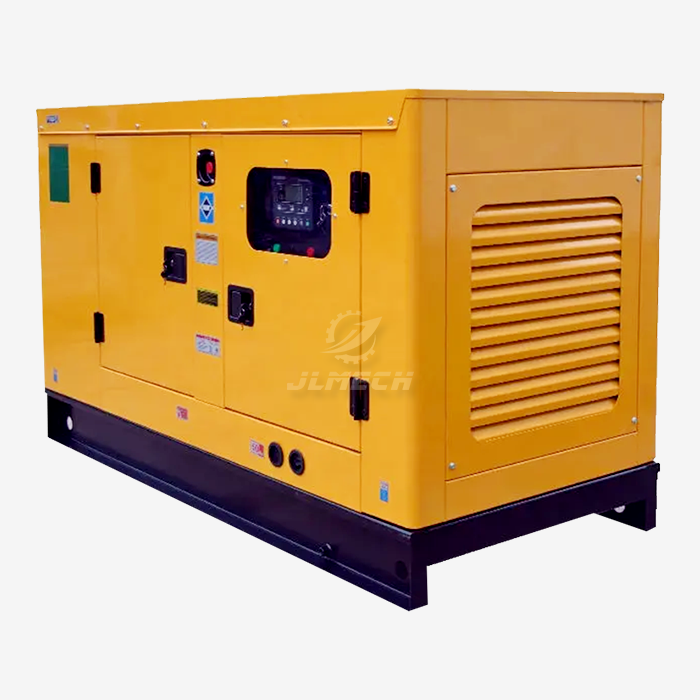 VIEW MORE40kVA Silent Diesel Generator
VIEW MORE40kVA Silent Diesel Generator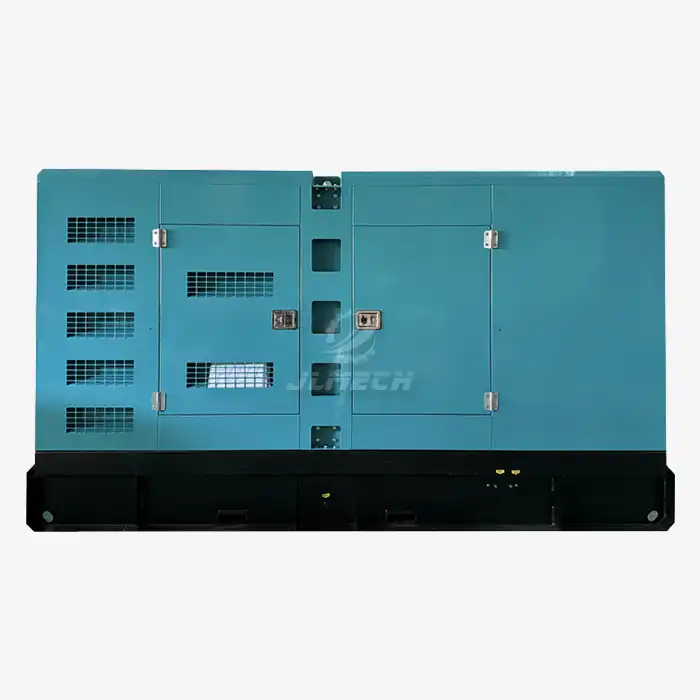 VIEW MOREgenerator 60 kw diesel
VIEW MOREgenerator 60 kw diesel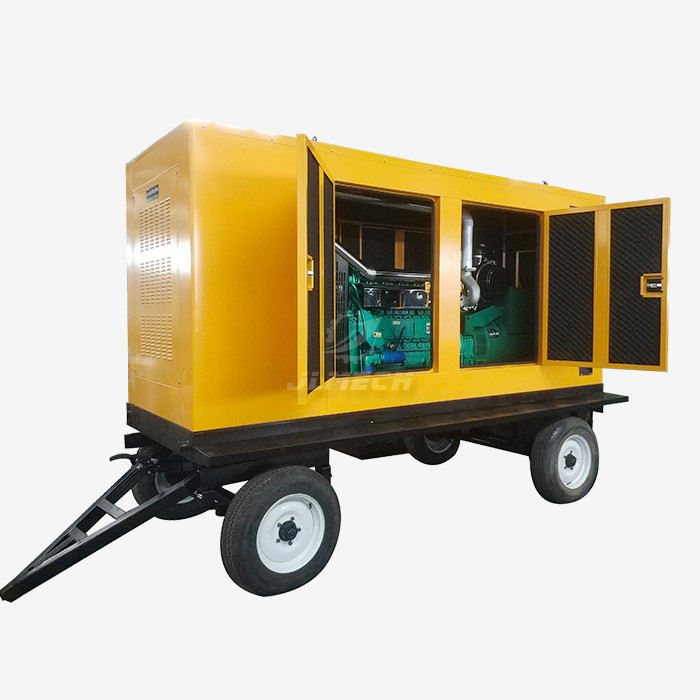 VIEW MORETrailer Type diesel generator
VIEW MORETrailer Type diesel generator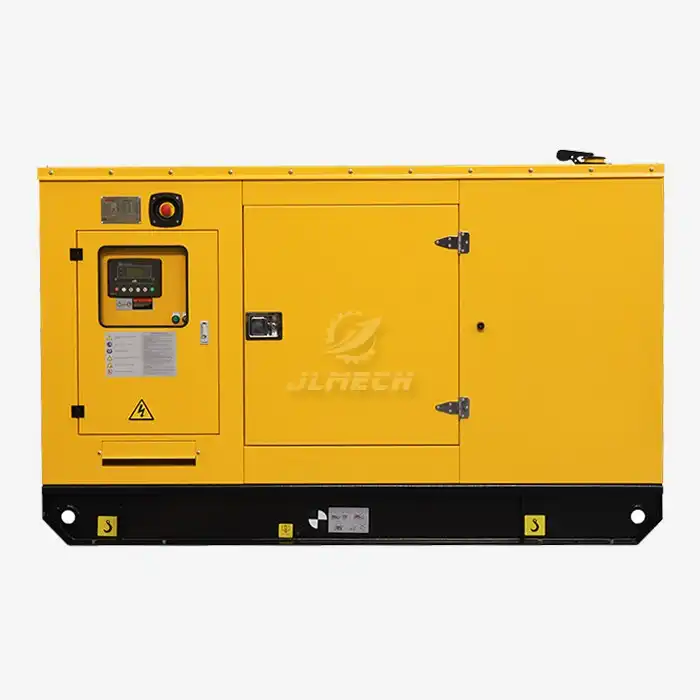 VIEW MOREdiesel generator yanmar
VIEW MOREdiesel generator yanmar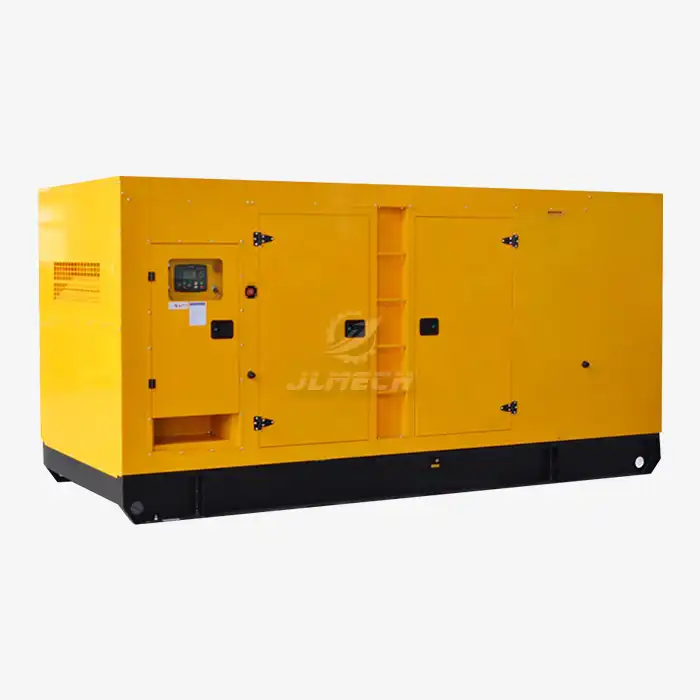 VIEW MORElargest diesel generator
VIEW MORElargest diesel generator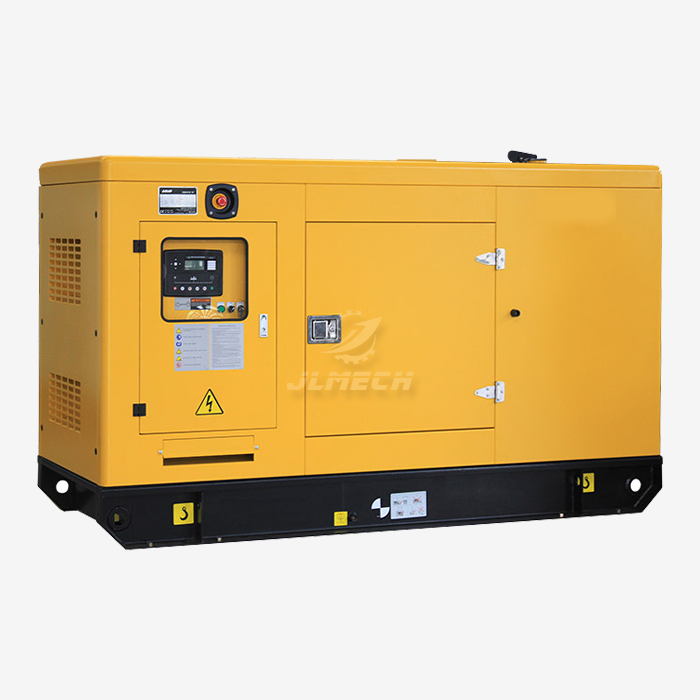 VIEW MOREVolvopenta diesel generator 20KW
VIEW MOREVolvopenta diesel generator 20KW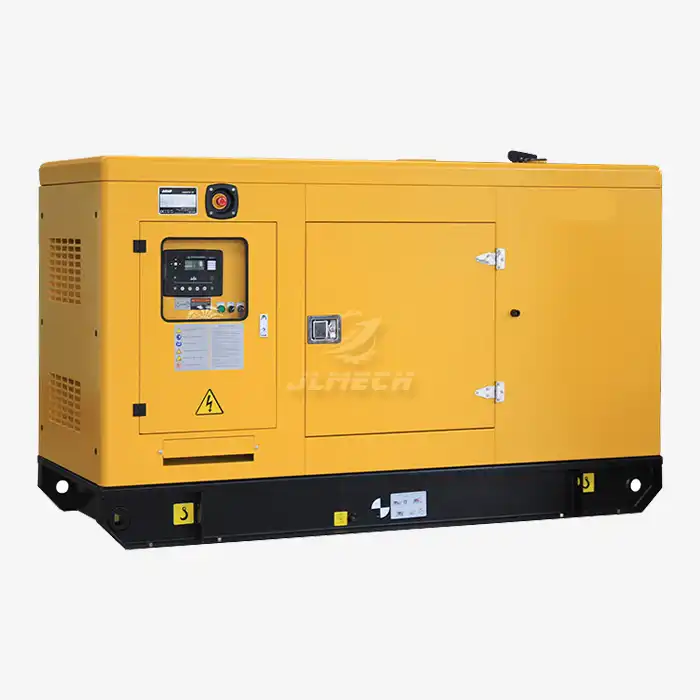 VIEW MORE48 volt dc diesel generator water cooled
VIEW MORE48 volt dc diesel generator water cooled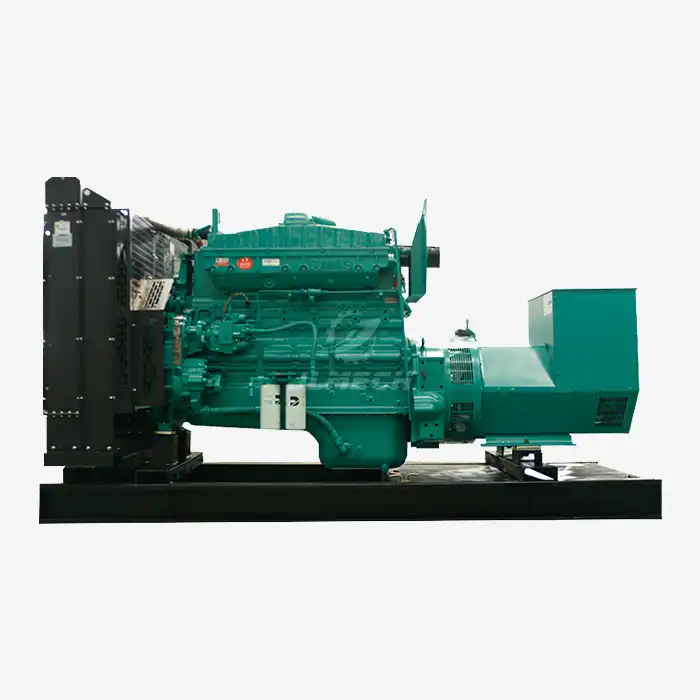 VIEW MOREcummins diesel generator machine
VIEW MOREcummins diesel generator machine



